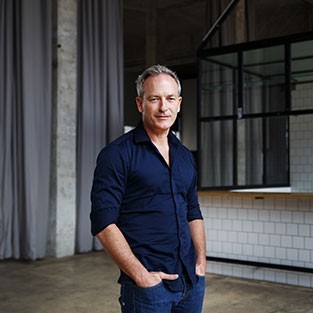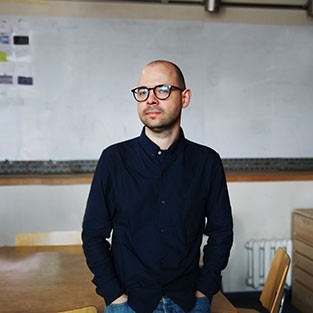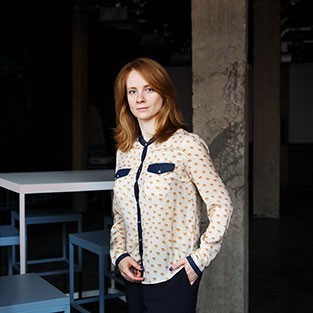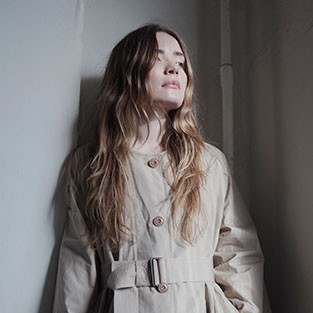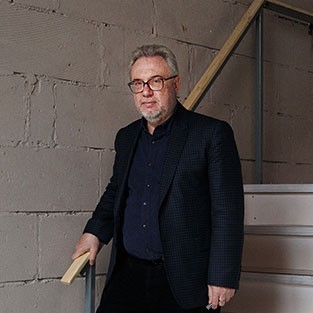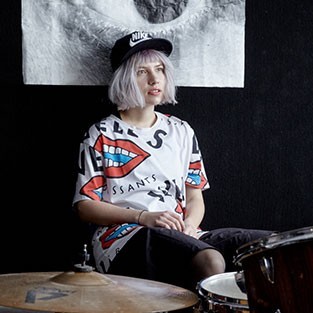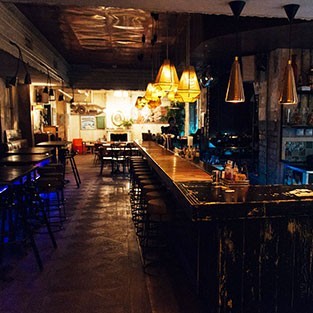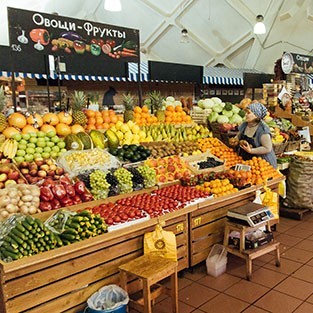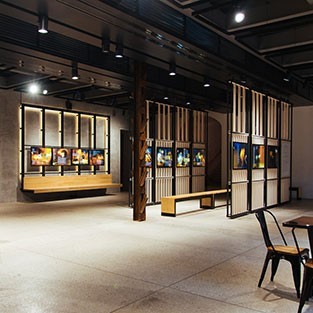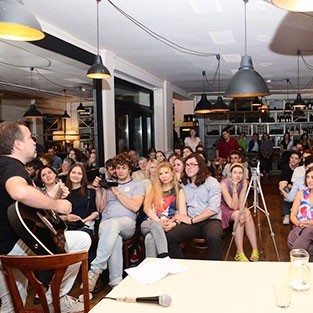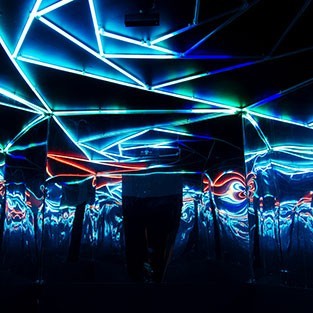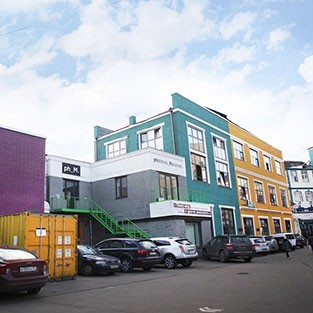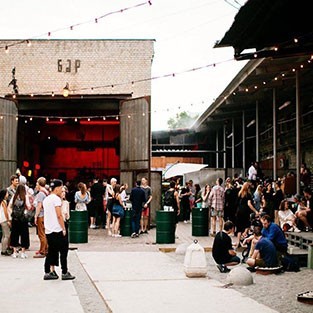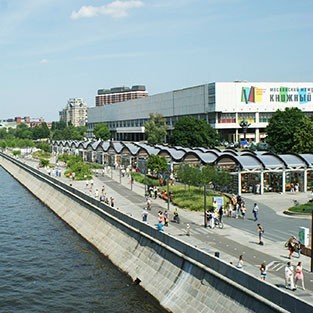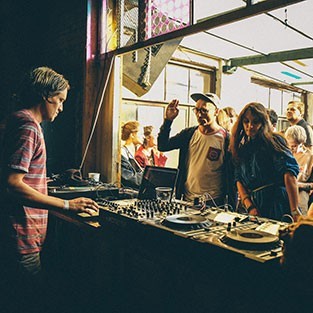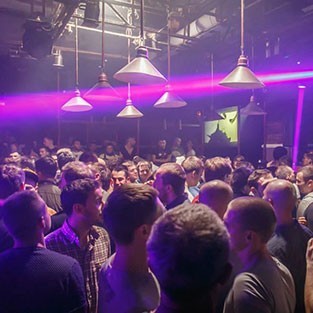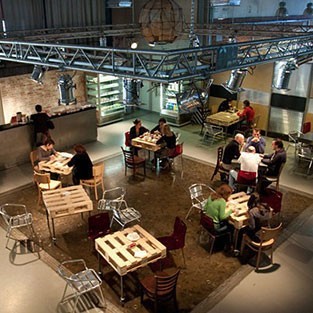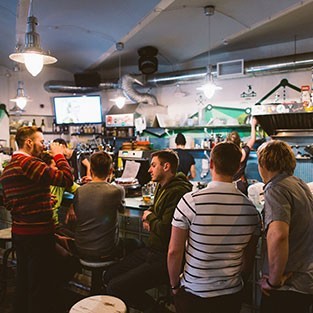Creative Moscow: meet the people, places and projects reshaping Russia’s capital
From ambitious urban regeneration schemes and a thriving tech sector to dynamic new art spaces and a rapidly transforming food scene, modern Moscow is fast developing into a creative metropolis of world class standing. But for all its recent advances, the city faces serious challenges including creaking infrastructure, a slow-moving, sometimes suspicious governmental sector and a brain drain of young entrepreneurs heading West. What’s the future direction for Russia’s capital?
To mark the World Cities Culture Summit, which takes place in Moscow this week and brings together leading policymakers from around the world, we report from a city in the midst of big changes.
Each weekend about 200,000 people visit Moscow’s Gorky Park. One warm June evening last year their number included the architect Rem Koolhaas, strolling in the tulip garden in the company of film director Woody Allen, art gallery owner Larry Gagosian, artist Jeff Koons, producer Harvey Weinstein and the art collector François Pinault. This international battalion of stars from the worlds of architecture, art and cinema were in Moscow for the opening of the Garage Museum of Contemporary Art, housed within the Soviet-era restaurant ‘Vremena goda’ that Koolhaas has redesigned.
In today’s Moscow there is no shortage of ideas and resources for improving how the city feels
In the coming year the museum’s walls, still adorned with mosaic panels from its socialist past, will display major retrospectives by Louise Bourgeois, Yayoi Kusama and Rirkrit Tiravanija, not to mention smaller exhibitions, film screenings, conferences and free lectures. Garage is likely to become an internationally-acclaimed project in the very near future.
And how unexpected it is that 21st century Moscow, city of billionaires and garish limousines, is being forged into a creative metropolis. Like any big capital city, Moscow had a head start – but it still needed to seize this chance. The fact that it is Russia’s heart also guarantees it wide-ranging support from the government; in today’s Moscow there is no shortage of ideas and resources for improving how the city feels.
Leading lights
-
CEO of Bookmate, international social reading platform
-
Content director of Chekhov #APi, co-working station and research lab in the countryside
-
Commissioner of the Moscow International Biennale for Young Art
-
Founder of Lumpen, model agency with a different look
-
Trustee, Strelka Institute of Media, Architecture and Design
-
Ground-breaking music experimentation, front woman of Glintshake
With the exception of the occasional scandal – such as the recurring “mergers and acquisitions” in the media – the influence of Moscow’s authorities over the creative industries is mostly positive. The modernisation of the city’s libraries on the initiative of Moscow’s department of culture, the development of a single visual identity of the city, and the reboots given to several public spaces (including Gorky Park) are just some of the examples of authorities working in tandem with the cultural sector for the sake of a common goal. “I don’t think that the government is putting a spoke in the wheel of the creative industries”, says Sabina Chagina, the founder and curator of the Artmossphere street art biennale. “The situation with street art, which they paint over with crude and stupid propaganda, annoys us of course – but nowadays this happens all around the world”.
However the leading role in the city’s creative economy is being played by new-generation educational institutes rather than governmental projects. These schools, provide for almost all creative professions - which state universities ordinarily do not – and are funded by private investments. A good example, for instance, being the Strelka Institute for Media, Architecture and Design, which was established with the patronage of the global advertising agency BBDO.
For many years, the leading designers defining visual communications in Moscow and beyond have been graduates of the British Higher School of Design, based at the Artplay centre. The centre is also home to the Moscow Film School, the MARCH School of Architecture, and the computer graphics college Scream School, whose former students have played an important role in the rising standard of Russian cinematography.
The birth of a new generation of creative professionals has brought about the rapid development of a host of new sectors, most of all in the field of technology. Three of Europe’s ten largest internet corporations, Yandex, Mail.ru and Kaspersky, were established in Moscow and are still based there.
Hot spots
-
Cutting-edge music and cocktails
-
The heart of the new Moscow gastronomy
-
A new take on theatre
-
Pop-up bar with a long history
-
Local designers. food market, concerts, bike paths
-
Save the rave
Simon Dunlop, the founder of Bookmate, another rapidly growing company, believes that Moscow’s geography is one of its main advantages: “We chose Moscow because it is a crossroads between east and west. You arrive in Moscow and feel as if you are in Europe, although the culture is quite Asian. My friends from Japan and southeast Asia feel more comfortable here. Russia is next to Asia, and this is a massive advantage for entrepreneurs”.
Moscow will soon have five world-class art institutions, instead of the one modern art gallery it has now
The Glinka school of contemporary music; programming courses at Moscow Coding School; the Wordshop academy for communication - the list of innovative education programmes in the creative sphere is a very long one. But at the same time, state universities (with the exception of a few, such as the Higher School of Economics and the Moscow Higher School of Social and Economic Sciences) do not yet understand the importance of training young professionals to work in the creative economy. However, like so much else in Moscow, this isn’t so much a problem as a huge opportunity for further growth.
In the art world too, the influence of private institutions is becoming more noticeable. Sophisticated technological exhibitions at the MARS Centre; large-scale expos at the Jewish Museum and, of course, Darya Zhukova’s blockbuster exhibitions at Garage are just part of the progressive motion of modern art in the Russian capital. In a few years’ time we will see the opening of a new building of the National Centre for Contemporary Arts at Khodynsky Field (a project by Heneghan Peng Architects from Ireland) and a large-scale centre for the Victoria Art Foundation, which will be built in partnership with the celebrated architect Renzo Piano. Finally, a little further into the future in 2022, Moscow’s old ZIL factory will be turned into a five-storey Moscow branch of the State Hermitage Museum. Moscow will soon have five large, world-class art institutions, instead of the one modern art gallery it has now.
It’s not all straightforward however. The Russian government’s relationship to contemporary art remains at times strained, typified most recently by the announcement of the criminal sentencing of artist Petr Pavlensky. And the creative sector as a whole faces the problem of an ongoing brain drain. In IT, the successful company Coub recently moved their headquarters to New York. And Russia’s media and advertising industries, once the fastest-growing in Europe, face similar issues. The media outlet Meduza reports that in the last five years 12 previously successful media outlets have closed. “The common definition of ‘success’ here is still moving to the West, and this attitude can only hurt our city,” says Vladimir Shreyder, creator of the popular mobile app Glitche.
Neighbourhoods on the rise
-
Central Moscow's hippest district
-
Creative and media hub in a former car factory
-
Unspoilt history meets smart city of the future
The situation is exacerbated by the fact that creative companies in Moscow can rarely offer decent salaries to university graduates. The contrast between the cost of education in Russia’s most expensive city and the level of future earnings does not help these professions. According to new research by Changellenge, most recent graduates of the best Russian universities are interested in working in the banking sector or consulting.
Moscow’s 24/7 pace of life combined with a weak infrastructure also creates an atmosphere of colossal pressure. The slogan “Moscow never sleeps”, which reverberated through the city at the start of the millennium, lost its appeal years ago: creative professionals find themselves working on a conveyor belt, living joylessly from deadline to deadline.
The phrase “ability to work under stress” is now found in every job spec. For the cultural economy, nurturing people and developing their creative potential is critically important. Helping them to grow, in the face of the hurdles raised by the city itself, is one of the most important challenges that Moscow faces.
Text: Ian Evtushenko, Masha Borodacheva
Image: Valery Belobeev, Ksenia Kolesnikova, Evgeniy Alimzhukhin, Olia Eichenbaum
The Calvert Journal mobile guide to creative Moscow is now available on App Store and Google Play

